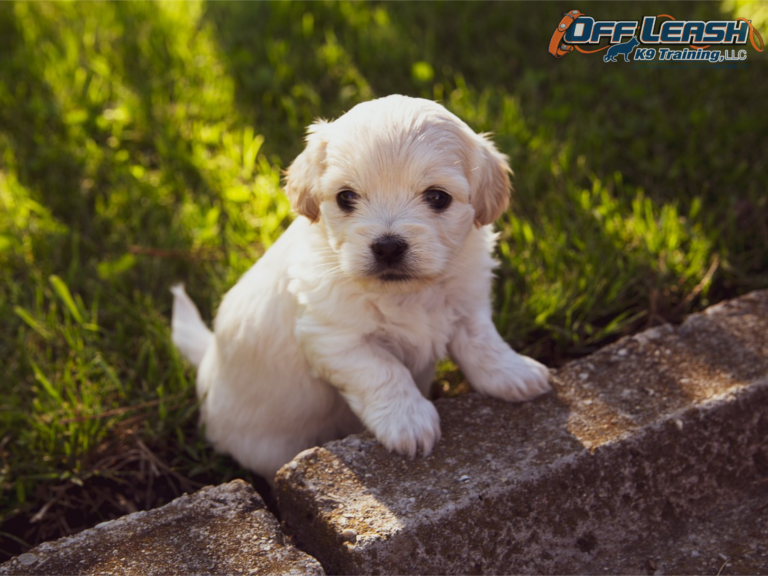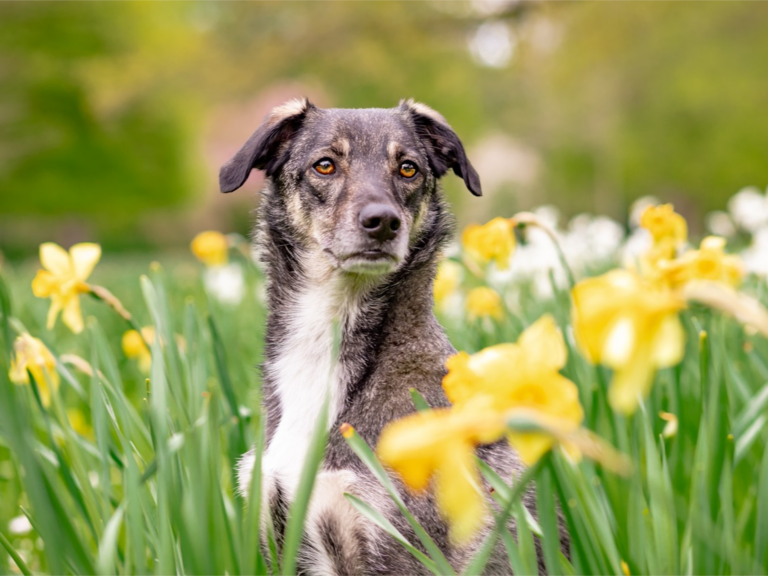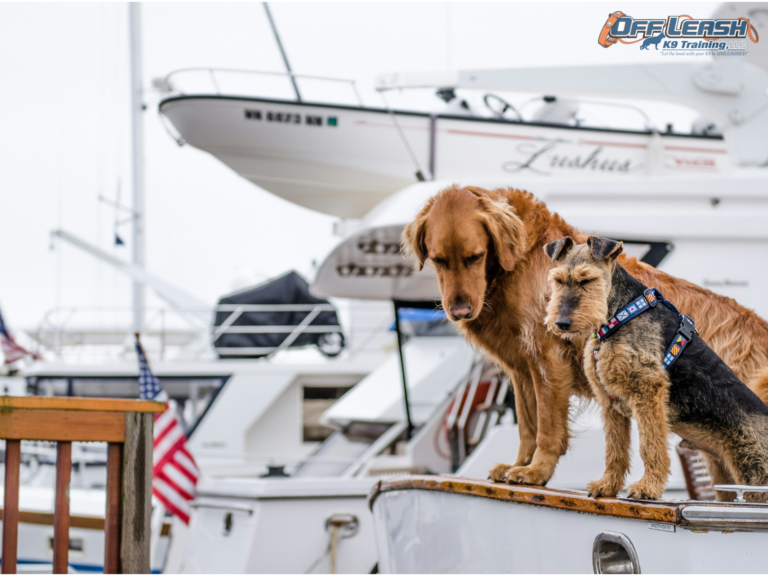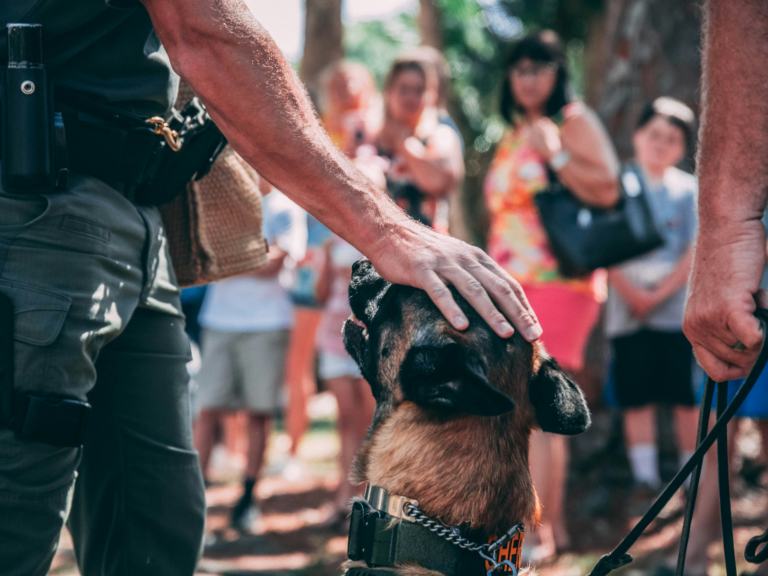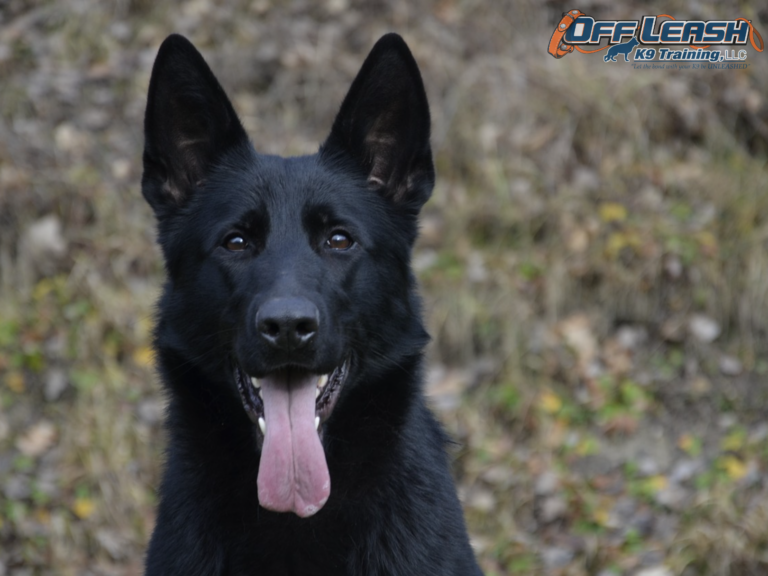Mastering the Place Command: A Guide to Obedience and Harmony
This article explains the importance of the place command in dog training, including its benefits, necessary tools and preparation, training techniques, advanced training strategies, and safety considerations.
Introduction to the Importance of the Place Command
Introducing your dog to the place command is a pivotal step in their training regimen, serving not only to enhance their obedience but also to instill a sense of calm and security in a variety of settings. This command directs your furry friend to identify and settle in a designated area, thereby encouraging tranquility and discipline. Such a skill is invaluable in numerous scenarios, such as when you need your dog to stay out of the way during household chores or to remain calm in public spaces. It forms the cornerstone of broader training goals, paving the way towards achieving flawless off-leash behavior and fostering an environment of mutual respect and understanding between you and your pet.
Benefits of Teaching the Place Command
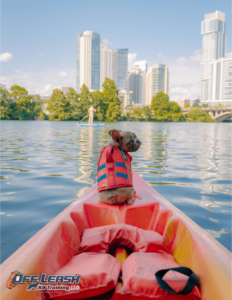
Moreover, mastering the place command strengthens the bond between a dog and its owner. As the dog learns to trust and follow their owner’s guidance to go to their place, a deeper connection based on mutual respect and understanding develops. This command also proves to be extremely beneficial in multi-dog households, where managing each dog’s individual needs and behaviors can be challenging. By assigning each dog their own place, owners can ensure that every dog receives the attention and training they need without feeling overwhelmed. This not only promotes a sense of order and discipline but also prevents potential conflicts among pets, contributing to a peaceful and harmonious home environment.
Necessary Tools and Preparation for Training
Embarking on the journey of teaching your dog the place command starts with surprisingly minimal equipment, underscoring the command’s accessibility and simplicity. At its core, a portable bed or mat serves as the foundational tool for this training, enabling you and your dog to practice in a myriad of settings, from the quiet of your home to the distractions of a park. This adaptability not only promotes consistency but also ensures that your furry friend learns to respond reliably, regardless of where you are. This methodical progression from simple to complex environments aids in solidifying the command, making it a reliable part of your dog’s repertoire.
The preparation phase extends beyond just physical tools; it involves setting the stage for a successful training session. Creating a positive, stress-free training environment is crucial. Beginning in a familiar setting helps your dog focus on the task at hand without the added pressure of novel stimuli. As your dog gains confidence and mastery over the command, gradually introducing distractions and varying locations not only tests their understanding but also enhances their adaptability.
Training Techniques for the Place Command
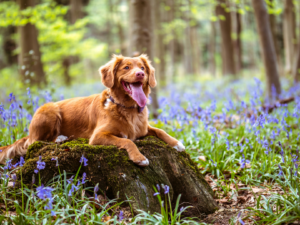
Consistency in training cannot be overstated. Repeating the training sessions at regular intervals and maintaining a consistent reward system helps solidify the command in your dog’s mind. Positive reinforcement plays a crucial role here. The moment your dog performs the desired behavior, they should be rewarded. This immediate feedback loop helps your dog understand exactly what behavior earned them a reward, making it more likely they’ll repeat it. Over time, as your dog becomes more comfortable and proficient with the command, you can gradually increase the complexity of the task by adding duration, distance, or distractions. Remember, the key to mastering the place command lies in building up these challenges slowly to ensure your dog’s success and maintain their confidence throughout the training process.
Gradually Increasing Complexity in Training
Gradually increasing the complexity of training after your dog has mastered the basic place command is a critical step towards ensuring they remain composed and obedient in all environments. Starting with distance challenges, you encourage your dog to respond to the place command even when you are not immediately beside them. This teaches them that commands must be followed regardless of your proximity, fostering independence and reinforcing their training. For instance, initially, you might start by stepping a few feet away from the mat or designated place, gradually increasing the distance as your dog becomes more reliable in following the command.
Introducing distractions is another crucial step in this process. Once your dog consistently responds to the place command in a quiet environment, begin incorporating real-world distractions. This could range from the sound of doorbells to the presence of other people or animals. The goal is to simulate potential distractions they might encounter in daily life, thereby training them to maintain focus and obedience amidst these stimuli. Such training not only solidifies the place command but also sets the stage for more advanced training exercises. These exercises, such as boundary training and achieving off-leash control, are instrumental in enhancing a dog’s confidence and ensuring their safety in various situations.
Advanced Training Strategies and Safety Considerations

Conclusion: Achieving Obedience and Harmony Through the Place Command
The place command is not just a simple instruction; it is an essential building block in the foundation of a well-behaved dog. Achieving mastery over this command equips dogs with the ability to remain calm and composed across a spectrum of scenarios, from the comfort of home to the unpredictability of outdoor environments. This level of obedience fosters a serene atmosphere, encouraging a harmonious relationship between pets and their owners. At Off Leash K9 Training of Corpus Christi, TX, the training programs are meticulously designed not only to instill impeccable obedience but also to strengthen the bond of trust and respect that is crucial for a fulfilling owner-dog relationship.
Understanding the significance of the place command and its implications for a dog’s behavior and obedience is just the beginning. Implementing this command effectively requires patience, consistency, and the right guidance. That’s where Off Leash K9 Training of Corpus Christi, TX, comes into play. With a team of experienced trainers who employ proven techniques, they provide personalized training that caters to the unique needs of each dog and owner. Whether you’re looking to address specific behavioral issues or aiming to achieve overall better obedience and harmony, their training packages offer solutions tailored to your goals.


